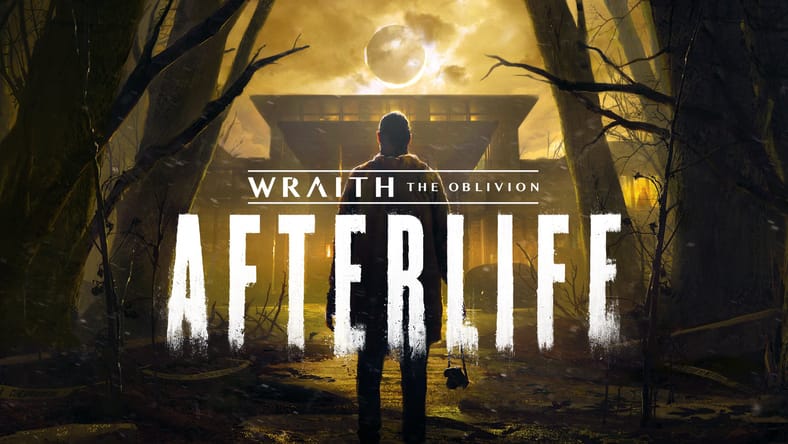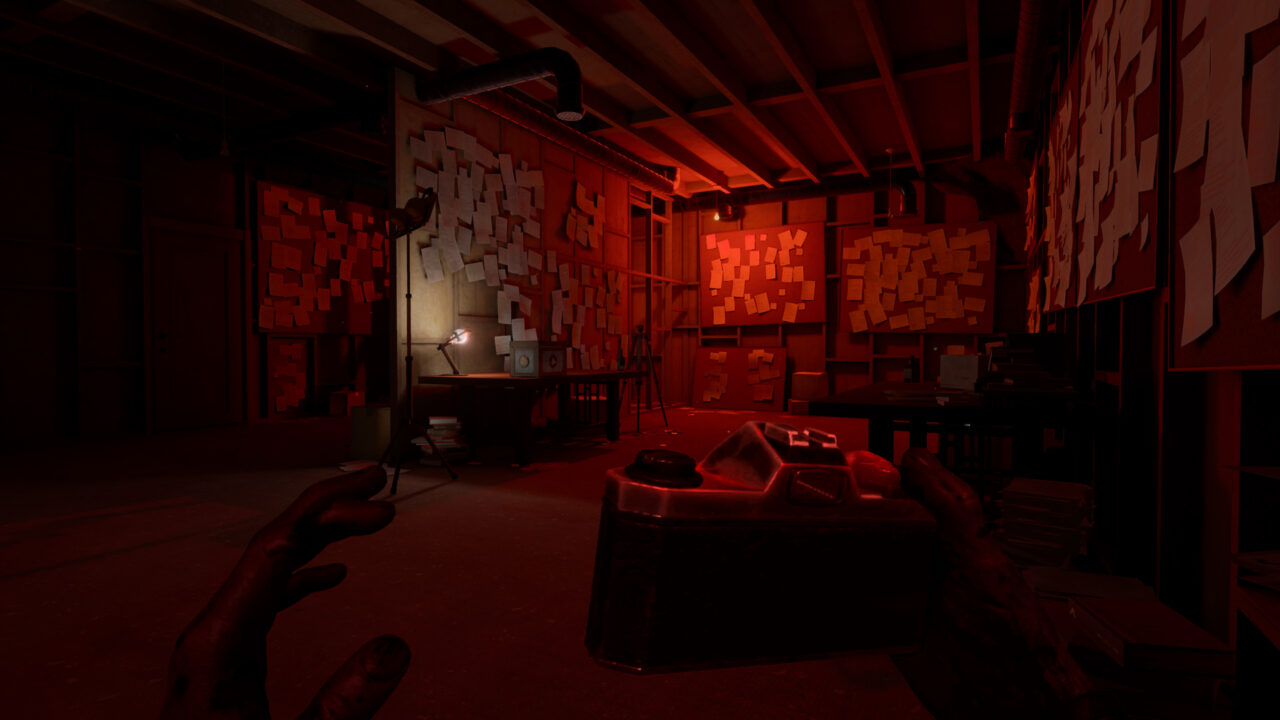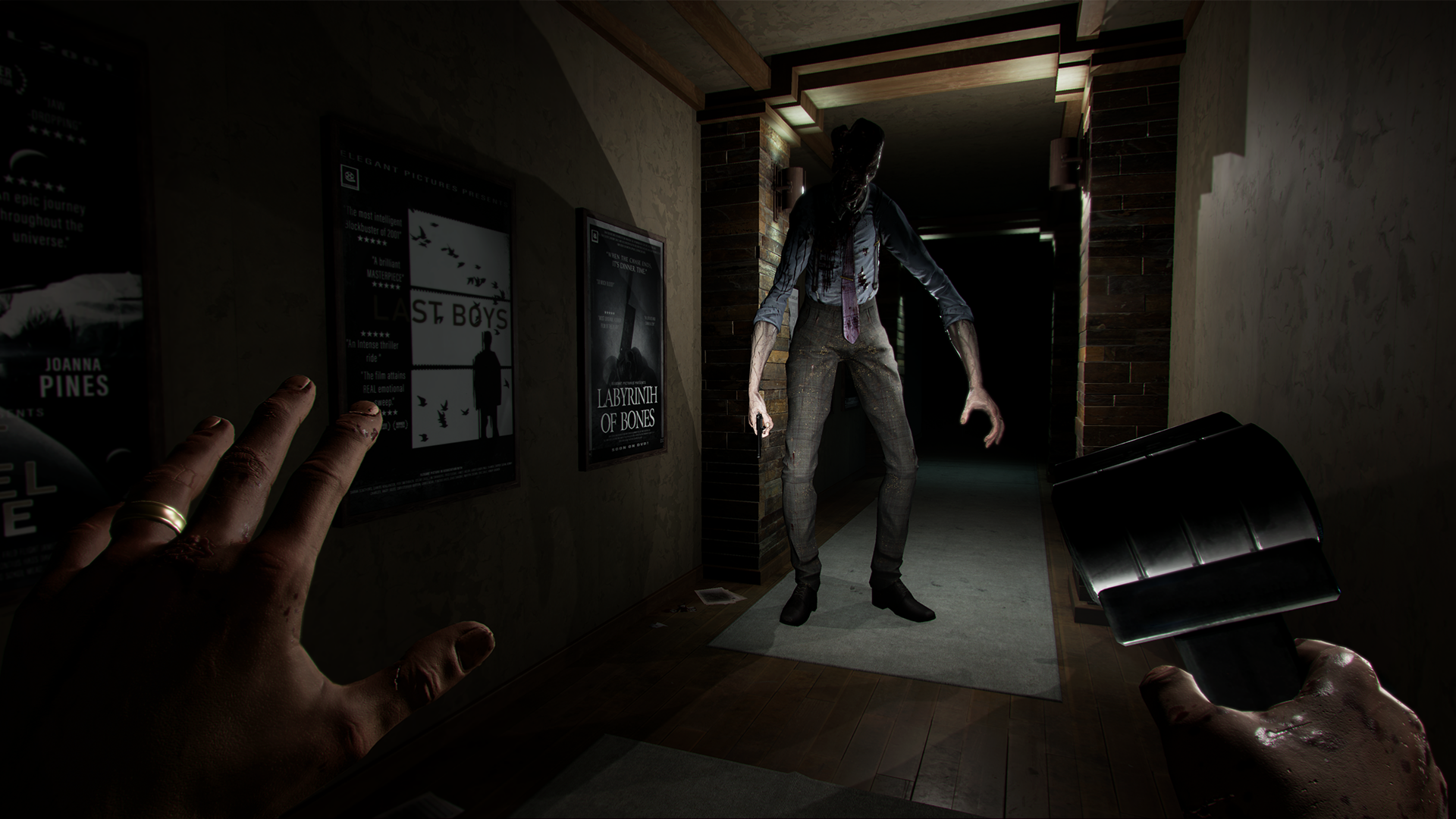Wraith: The Oblivion – Afterlife and the Work Behind Hanging a Man

Recently I got a chance to try out Wraith: The Oblivion – Afterlife. You can check out my full thoughts in that preview, but the short and skinny of it is that the game is super terrifying. I enjoyed it quite a bit, even with a few technical errors. However, in this short preview, I encountered an enemy known as The Hanged Man. As you may guess by the name, he’s simply a guy who hangs on a rope, choking and swaying. In the preview, he’s featured in the game’s first big setpiece, where you need to distract him so you can enter a code for a security door before his screaming drives you insane.
But I wanted to know more about The Hanged Man because I really enjoyed his design and mechanics. Thankfully, I got a chance to talk to Fast Travel Games co-founder and creative director Erik Odeldahl about Wraith: The Oblivion – Afterlife and the work that went into the character.

“The thing is with Wraith,” Erik started. “It’s a world that suits VR very very well.” Erik opened up by explaining that, of all the World of Darkness properties, Wraith stood out because of this simple factor. Sure they could have gone for Vampire: The Masquerade or Werewolf: The Apocalypse or even Mage: The Ascension. But a straight horror game for VR? Wraith: The Oblivion just made a ton of sense to start with, especially with their goal of making “a horror game that focuses on tension building.”
Yet it’s hard to have a good horror game without some kind of threat. As I mentioned before, one of the threats I saw in the preview was The Hanged Man. He appears three times in the preview: first harmlessly (but creepily) hanging from a tree, the second time in a hallway blocking your way and yelling at you if you get too close, and the third time in the setpiece I mentioned above. So I had to ask what went into making this character.
“So there’s two different starting points actually. One is we wanted to introduce, pretty subtly, some of the backstory of what has happened in the house and what has happened with the characters,” Erik explained. He told me that every enemy you meet in the game has a backstory that ties both to the Barclay Mansion where the game takes place, and to Hollywood mogul Howard Barclay who lives there. The Hanging Man is a very early warning sign that things are, simply, not okay.

The other starting point? “From a gameplay perspective, he’s also a specter who teaches the player a bit on how to play the game.” The first setpiece is a great example of this. You need to sneak around a library, breaking line of sight with walls and staying quiet so The Hanged Man doesn’t notice you and start his sanity-draining scream. Since his position is fixed and his movements predictable, you can get a very good gauge on what’s expected from you, the player, in these types of encounters while still not being threatened in the same way an enemy that would chase you would do.
However, there’s more than just what gameplay elements they made The Hanged Man to show off. “When we designed The Hanged Man– all the characters in the game really– there’s a lot of back and forth between me and the other designers,” Erik told me. “In this game, it was really important that for each specter you should be able to see how they died. That’s their defining trait. For The Hanged Man it’s fairly obvious how he died, but also he’s dropped one of his shoes, he’s trying to escape from pain but he’s still in pain. It’s a never-ending thing, he hasn’t escaped anything, it just became worse.”
Like all the specters, The Hanged Man when through several design phases. There’s the obvious, in making sure he’s just flat-out fun to deal with and providing the aforementioned challenge. However, they also had to make sure all of his abilities and powers fit in with the lore of both the character’s history and of Wraith: The Oblivion – Afterlife as a whole.
There’s one part of The Hanged Man that really stood out to me though: the sound design. As you walk by him you can hear him swaying back and forth on the noose, while he moans and begs for his father to notice him. The first step is bringing in a talented voice actor, and for this I was told the man for the job was Kellen Goff. He’s worked with Fast Travel Games before, he voiced Fathr in Apex Construct and has been featured in games like The Last of Us Part II, World of Warcraft, and Five Nights at Freddy’s: Help Wanted.

“Kellen has this magical voice,” Erik praised. “He was the first actor I thought of casting as The Hanged Man.” Erik mentioned that some of the lines for The Hanged Man were written with Kellen in mind, with the expectation that he would make them great. Going by what I saw of the game, he certainly did. The vocal performance is creepy, with The Hanged Man gasping for air and begging to be saved or, at the very least, noticed. It almost immediately made me pity the poor man before I even noticed anything else about him.
Interestingly, this isn’t the only role Kellen has in Wraith: The Oblivion – Afterlife. I asked Erik if he had a favorite specter in the game, and he told me that he couldn’t tell me his favorite for spoiler reasons. However, he did mention his second favorite, the Wall Street Wiz Kid, also voiced by Kellen. This character lived largely in life, and when he died that translated to making him literally tall as he clocks in at over 11 feet. You know, just in case you thought Resident Evil Village needed another tall friend.
None of this matters if you don’t scare the players. So I had to ask: how do you know you got the perfect iteration of the character? What makes it the last one? “When I watch someone play a game in VR, I study their body language. Building a horror game, the body language is very different from playing an action game. You see physical reactions, people literally trying to shrink, trying to hide. That’s a very good notification, that this way to introduce a character really works.”
Of course, I also had to ask if any of the testers screamed and threw their headsets off in response. “Some have, yes,” Erik confirmed. Having played quite a bit of Wraith: The Oblivion – Afterlife, I can’t say I blame them at all. The game really is good at what it’s trying to do.

If all of this has interested you, you can grab Wraith: The Oblivion – Afterlife right now on the Oculus Store, with the Steam version launching on May 25th. A PlayStation VR version is coming later this year.
Categorized: Editorials Interviews
